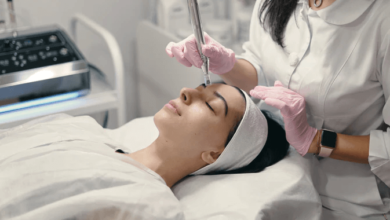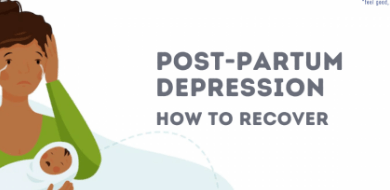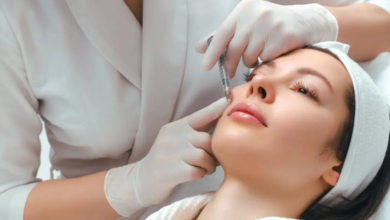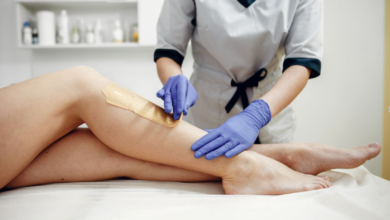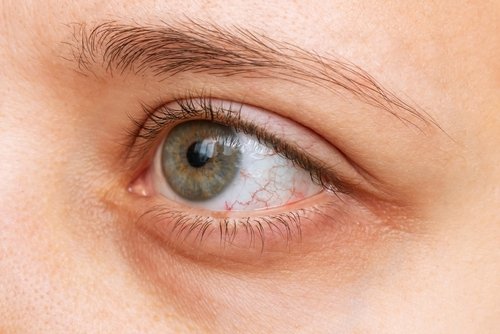
Understanding Dry Eye Syndrome and the Most Effective Treatment Options
Dry eye syndrome is more than just an occasional nuisance; it is a common yet often chronic condition that afflicts millions of people all over the globe. When the eyes don’t make enough tears or when tears evaporate too quickly, it leads to pain, blurred vision, and sometimes even damage to the eye surface that can be permanent. Fortunately, developments in ophthalmic care have made this disease easier to treat than ever.
What Triggers Dry Eye Syndrome?
Dry eye most often occurs due to a disturbance in the tear film, made up of three layers: mucus, water, and oil. When one or more of these layers are disturbed, tears cannot effectively moisturise and protect the eye.
Some of the factors responsible for this condition:
- Ageing: Tear production reduces with age, especially after the age of 50.
- Environmental exposure: Wind, air conditioning, and dryness increase tear evaporation.
- Screen time: Extended time spent watching digital screens reduces the rate of blinking, which causes eyes to dry out more rapidly.
- Medications: Antihistamines, antidepressants, and certain high blood pressure medications may lower tear secretion.
- Hormonal changes: Pregnancy, menopause, and the use of birth control pills tend to affect tear stability.
- Health conditions: Some autoimmune diseases, like Sjögren’s syndrome, diabetes, and thyroid disease, have a tendency to destroy tear glands.
It is important to find the underlying cause to decide on the correct course of treatment.
Finding the Symptoms
Symptoms of dry eye vary from mild discomfort to severe pain. Common symptoms include grittiness or burning, light sensitivity, eye fatigue, watery eyes (reflex tear response to dryness), and difficulty wearing contact lenses. Chronic dryness, if not treated, can lead to inflammation or even corneal damage.
Modern Treatment Options
Luckily, there are many different treatments available nowadays, anything from home drops to cutting-edge in-office treatment.
Artificial Tears and Lubricants
They represent the first line of defence and provide instant relief in the event of minor cases. They work by supplementing natural tears and returning surface wetness.
Prescription Eye Drops
Medicated drops like cyclosporine or lifitegrast reduce tear gland inflammation and increase natural tear secretion over the long term.
Punctal Plugs
A small silicone or collagen can be put in the tear duct to prevent the drainage and prolong the time for the eyes to stay moist.
Miboflo Therapy for Dry Eye
Among the newer and more effective treatments is miboflo therapy for dry eye. This is a non-surgical treatment of the root cause—clogged meibomian glands that should secrete the oily part of the tear film. The procedure includes controlled heat and gentle massage to liquefy and flush out obstructions, restoring natural tear balance.
It is harmless, quick, and sometimes produces significant improvement within a few visits. Addressing gland dysfunction directly, this treatment offers long-term relief unlike conventional treatments.
Lifestyle Changes
Minor everyday adjustments, such as taking regular screen breaks, humidifying indoor spaces, drinking plenty of water, and practising eyelid hygiene, can make a significant difference.
Nutritional Support
Eating foods that contain omega-3 fatty acids, like salmon, chia seeds, and flaxseeds, can improve tear quality and reduce inflammation.
Professional Diagnosis and Treatment
Since dry eye syndrome results from a wide range of causes, it is necessary to conduct an entire clinical evaluation. Eye experts typically conduct examinations to measure tear volume, establish tear film stability, and check for gland blockage before prescribing treatment.
Clinics such as Eye Care of Rigby combine state-of-the-art diagnostic technology with personalised treatments so that each patient receives a specially tailored program specifically for their individual requirements.
Last Thoughts
Dry eye syndrome may be chronic, but it is certainly not incurable. Recent innovations like miboflo therapy for dry eye have changed the way patients cope with and eliminate this disease. Appropriate diagnosis and ongoing treatment can easily bring back comfort and maintain long-term eye health.

